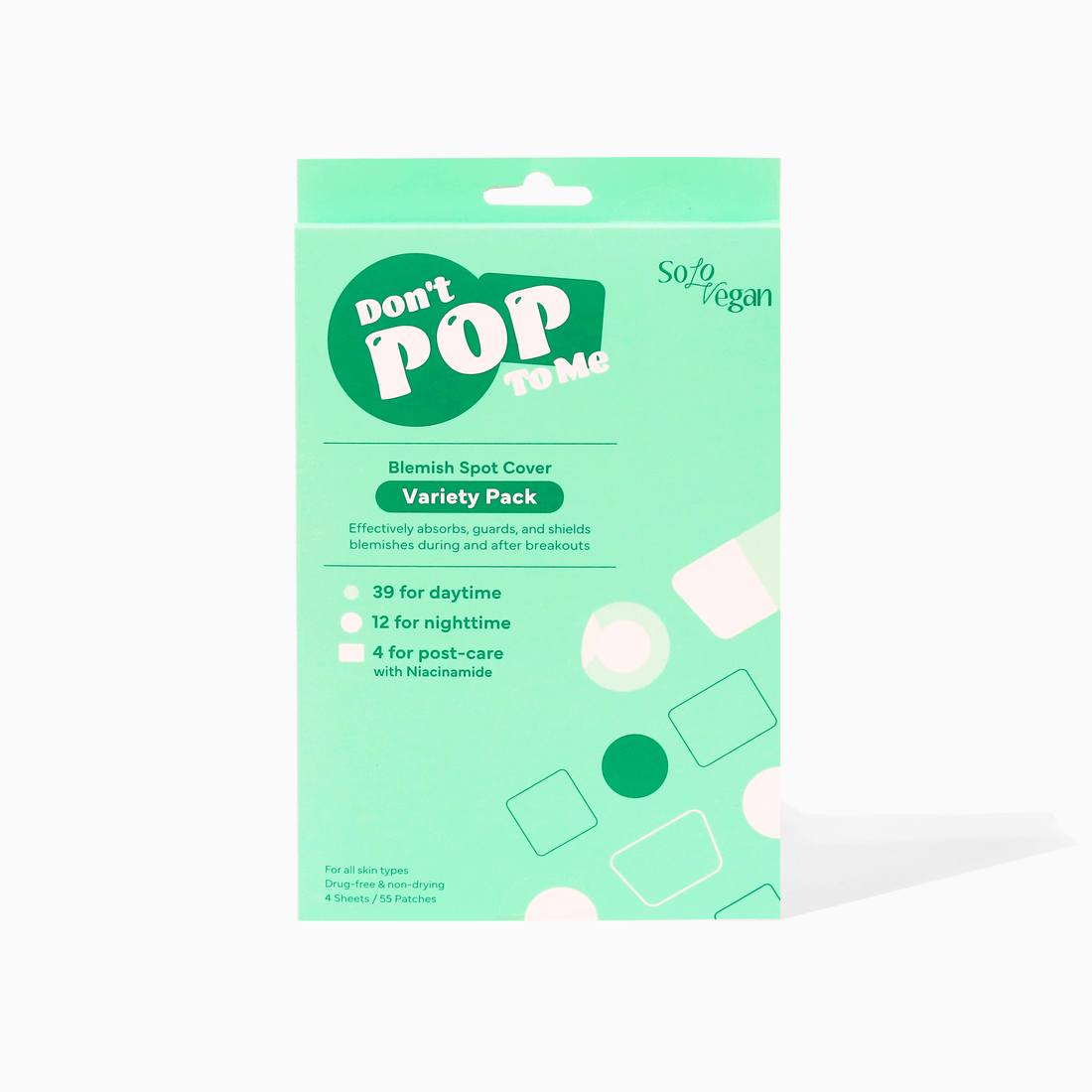
Where Is Your Acne Coming From?
Fed up with acne? So are we! Let’s uncover the source of your breakouts and decode your acne type. Together, we’ll say goodbye to pimples and hello to clear skin. It's time to break up with breakouts—for good!
Did You Know?
Causes Of Acne

Hormones
Pair text with an image to focus on your chosen product, collection, or blog post. Add details on availability, style, or even provide a review.

Genetics
Pair text with an image to focus on your chosen product, collection, or blog post. Add details on availability, style, or even provide a review.

Stress
Pair text with an image to focus on your chosen product, collection, or blog post. Add details on availability, style, or even provide a review.

Diet
Pair text with an image to focus on your chosen product, collection, or blog post. Add details on availability, style, or even provide a review.
Types Of Acne
Comedonal Acne
Comedonal Acne
Texture: blackheads & whiteheads
Causes: clogged pores, over-hydration, foods high in sugar, fats, and dairy, laser therapy, chemical peels
Treatments: use an oil-free and gentle cleanser to start
Our Recommendation: 2% BHA Oil Control Cleanser
Inflammatory Acne
Inflammatory Acne
Texture: pus-filled bumps with a red or pink base
Causes: excess activity of androgens (hormones), popping/picking your skin, certain medications, foods with high sugar and carbohydrates
Treatments: use spot treatments or prescribed acne medications, and cleanse face 2x per day
Our Recommendation: 2% BHA Oil Control Cleanser, 0.5% LHA Soothing Serum & Moisturizer
Fungal Acne
Fungal Acne
Texture: small bumps and irritated skin that can cause itchiness
Causes: trapped moisture in the skin, compromised immune system, being in humid or warm environments, over-production of yeast
Treatments: maintain a balanced diet, cleanse your face 2x per day
Our Recommendation: 2% BHA Oil Control Cleanser, 4% PHA Clarifying Pads
Nodulocystic Acne
Nodulocystic Acne
Texture: firm lumps with fluids inside that form deep under the skin, can be painful at times
Causes: hormonal fluctuations, bacterial overgrowth, and clogged pores
Treatments: prescription medication, natural remedies, implementing active ingredients in your skincare routine
Our Recommendation: 2% BHA Oil Control Cleanser, 4% PHA Clarifying Pads, 0.5% LHA Soothing Serum & Moisturizer
Try Our 4 Step Routine!

1. Cleanse
It's important to cleanse 2x per day to remove excess oil, dirt, and bacteria, helping to prevent breakouts and keep your skin fresh.

2. Clarify
Exfoliate with a clarifying pad 2x per week to to gently remove dead skin cells and unclog pores, helping to reduce acne without over-irritating.

3. Soothe
Apply a soothing serum/moisturizer daily to calm irritation, reduce redness, and hydrate your skin for a balanced, healthy complexion.

4. Heal
Use pimple patches to protect blemishes, absorb excess oil, and speed up healing while preventing picking and irritation.




